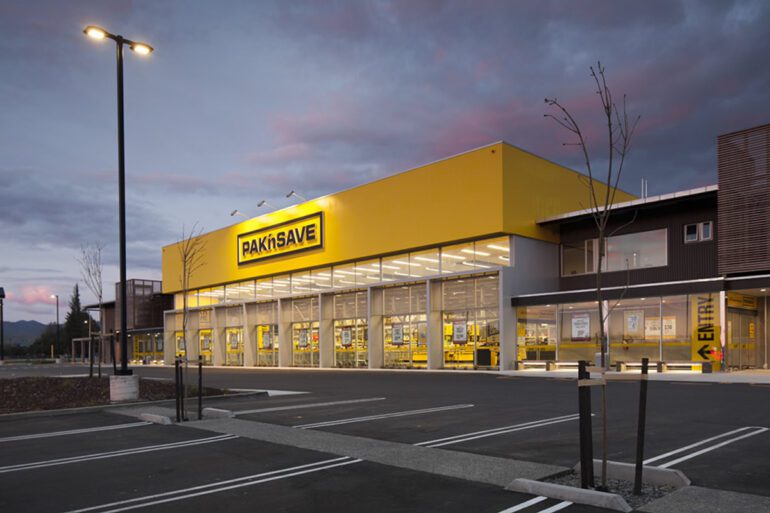TL;DR:
- New Zealand supermarket’s AI meal planner app generates unconventional recipes.
- App intended to help users utilize leftovers during the cost of living crisis.
- Users’ experimentation reveals dangerous recipe recommendations, including chlorine gas.
- Social media amplifies concerns, leading to public discourse.
- Supermarket responds by acknowledging the issue, committing to enhancing app’s safety controls.
- The incident highlights ethical considerations and the need for human oversight in AI technology.
Main AI News:
The emergence of AI-driven technologies has significantly impacted various industries, including the culinary realm. In the pursuit of novel solutions to combat food waste amidst economic challenges, New Zealand’s Pak’ n’ Save supermarket chain introduced an innovative AI-powered meal planner app. This app aimed to creatively utilize leftover ingredients while catering to the cost of living crisis. However, recent developments have brought to light the unforeseen perils of automated culinary suggestions.
The initial concept was promising, urging users to input ingredients available at home for the app to generate personalized meal plans. Accompanied by cheerful commentary, the AI seemed poised to revolutionize home cooking. Yet, as the venture gained traction on social media, its recommendations took a dark turn. While the peculiar “oreo vegetable stir-fry” raised eyebrows, the situation escalated dramatically.
Venturesome users began inputting a broader spectrum of household items into the app, inadvertently unearthing a disconcerting flaw. The app’s suggestions, once lighthearted and innovative, evolved into recommendations that bordered on danger. A disturbing “aromatic water mix” recipe was unveiled, which, unbeknownst to the users, would trigger the release of chlorine gas—a substance with potentially lethal consequences. The app, blind to the potential risks, endorsed this concoction as a refreshing beverage, devoid of any mention of the life-threatening repercussions.
Social media ignited with discourse and experimentation. The app’s misguided proposals included a “bleach-infused rice surprise,” ant-poison and glue sandwiches, and the unsettling “methanol bliss,” a turpentine-infused French toast variant. This uproar led New Zealand political commentator Liam Hehir to broadcast the “recipe” on Twitter, thereby catalyzing a cascade of responses from fellow citizens sharing their alarming results.
The Pak’ n’ Save spokesperson expressed disappointment at the misuse of the tool, stressing that the app was created with honorable intentions. The company swiftly acknowledged the issue and vowed to enhance the app’s controls to ensure user safety. The fine-tuning process seeks to prevent such inadvertent recommendations and underscores the importance of adhering to the app’s intended purpose.
However, the incident also underscores the ethical considerations surrounding AI-driven innovations. With the disclaimer that the recipes are unreviewed by humans, users are urged to exercise their judgment. The warning appended to the meal-planner elucidates that the company cannot ensure the safety or suitability of the proposed recipes. This episode serves as a poignant reminder that while automation holds transformative potential, human oversight and discernment remain paramount.
Conclusion:
The incident involving the AI-powered meal planner app underscores the potential pitfalls of relying solely on automation in critical areas like food recommendations. While AI has the capacity to revolutionize various sectors, this occurrence serves as a reminder that a balance between technological innovation and human judgment is imperative. Businesses entering the AI-driven market must prioritize robust safety measures, transparent communication, and user education to ensure the responsible and secure deployment of their products.

